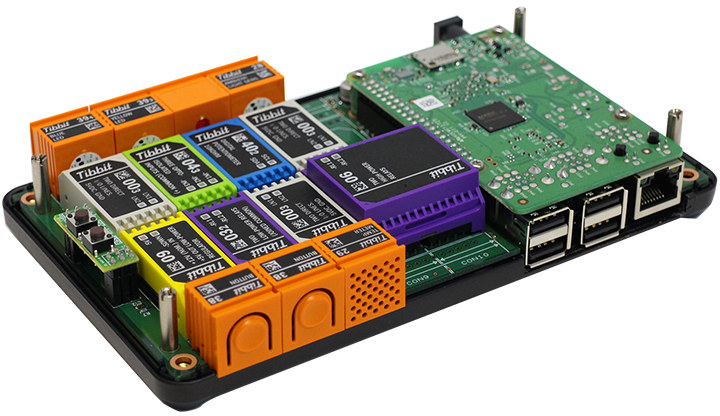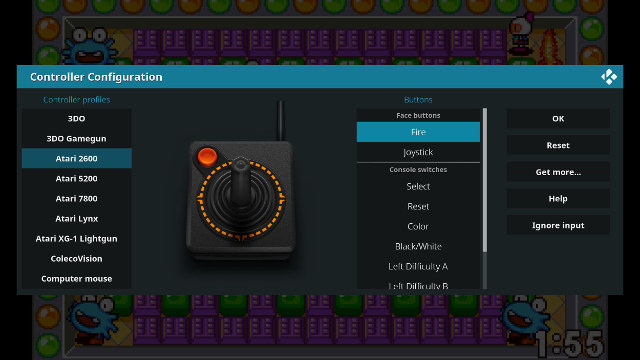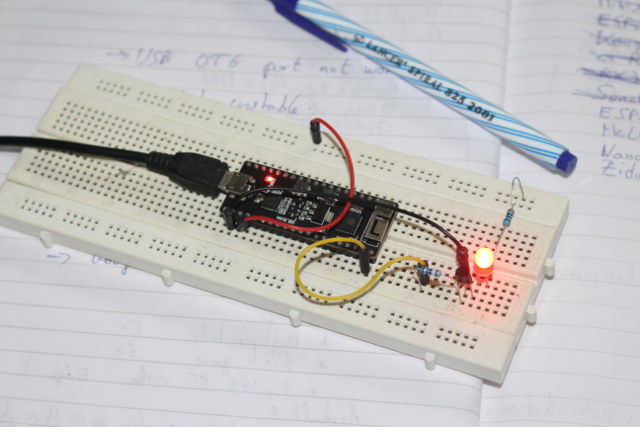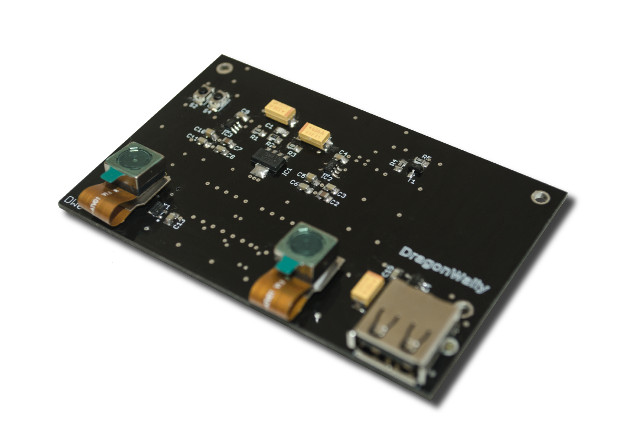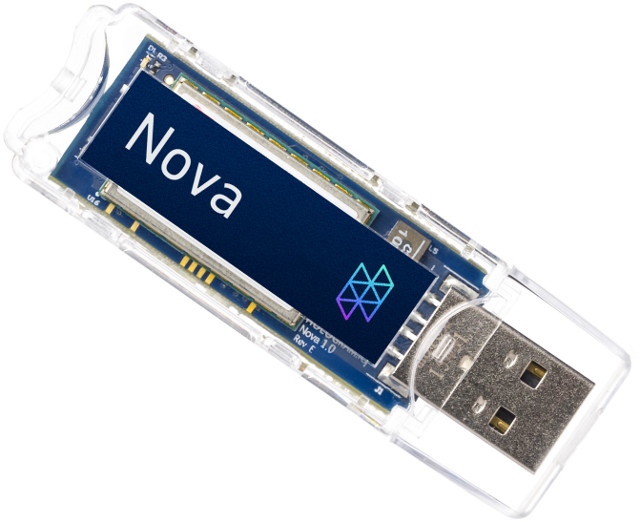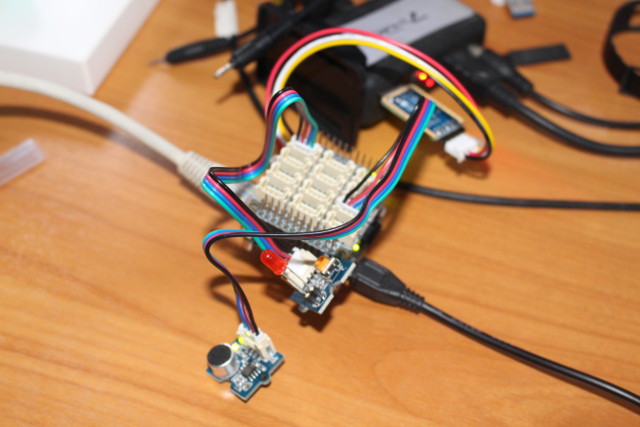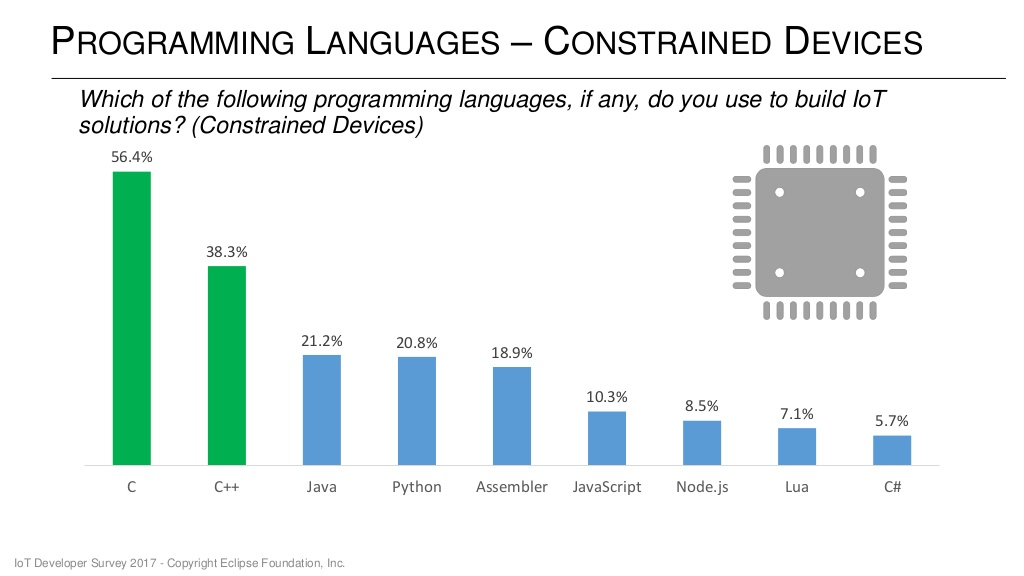Tibbo Project System (TPS) is a modular Linux IoT prototyping platform based on the same Texas Instruments Sitara AM335x processor used in BeagleBone Black or a PocketBeagle boards, and comprised of a main board, Tibbit blocks to add features as needed, and an enclosure. I’ve now been informed the company will be at Computex 2018 to showcase their new products including Tibbo-Pi, following the same concept as Tibbo Project System, but leveraging Raspberry Pi 3 board and ecosystem instead. While an English brochure is said to be available, all information in the webpage listed in the photo above is in Japanese. But basically, Tibbo-Pi is said to be an IoT edge device for industrial use, made for build a prototypes, or small scale production system thanks to a choice a 60 different Tibbit Blocks sensor and I/O module blocks, all wire free. Programming of the system is typically done with with […]
FOSSASIA Summit 2018 Schedule – March 22-25
FOSDEM is the “Free & Open Source Software Developers’ European Meeting” takes place the first week-end of February every year in Brussels, Belgium. It turns out there’s an event in Asia called FOSSASIA Summit that’s about to take place in Singapore on March 22-25. There are some differences however, as while FOSDEM is entirely free to attend, FOSSASIA requires to pay an entry fee to attend talks, although there are free tickets to access the exhibition hall and career fair. There are also less sessions as in FOSDEM, but still twelve different tracks with: Artificial Intelligence Blockchain Cloud, Container, DevOps Cybersecurity Database Kernel & Platform Open Data, Internet Society, Community Open Design, IoT, Hardware, Imaging Open Event Solutions Open Source in Business Science Tech Web and Mobile Since the event is spread out over four days, it should be easier to attend the specific sessions you are interested in. I’ve […]
Kodi 18 Features and Improvements (FOSDEM 2018 Video)
Most Kodi users are now running Kodi 17.x Krypton that was initially released in February 2017, with the latest point version being Kodi 17.6. At the time of Krypton release, the developers had also started working on Kodi 18 “Leia” which should now be in “alpha”, and the stable release may only be a few months away although Kodi developers do not provide an ETA. What they did provide however – via Martijn Kaijser at FOSDEM 2018 – is a progress report for Kodi 18 “Leia”, as well as some insights into Kodi 19 whose development has just started. Kodi 18 has gone through a lot of cleanup with the code upgraded to C++11 standard, duplicate code and obsolete libraries removed, dropped unmaintained feature, and so on. They also moved non-core features such as audio encoders and decoders, PVR, picture decoding, etc… to external plugins. This work resulted into 299,476 […]
Getting Started with MicroPython on ESP32 – Hello World, GPIO, and WiFi
I’ve been playing with several ESP32 boards over the months, and tried several firmware images. I started with a tutorial for Arduino Core on ESP32, a few month later I tested ESP32 JavaScript programming with Espruino on ESPino32 board, and recently Espressif Systems sent me ESP32 PICO core development board powered by their ESP32-PICO-D4 SiP, and while I took some pretty photos, I had not used it so far. So I decided to go with yet another firmware, and this time, I played with MicroPython on ESP32, and will report my experience with basic commands, controlling GPIOs, and WiFi in this getting started post. Flashing Micropython Firmware to ESP32 Board Source code is available on Github, as a fork of MicroPython repo as ESP32 support has not been upstreamed yet. We could built the firmware from source, but there’s also a pre-built binary which you can download on MicroPython website. […]
Dragonwally is a Stereoscopic Computer Vision Mezzanine for 96Boards CE Boards
Hardware based on 96Boards specifications may not have the number of sales as Raspberry Pi or Orange Pi boards, but there’s heavily used by Linaro member and other developer working on bleeding edge software. More and more companies are designing boards compliant with the standard, and several new mezzanine expansion boards such as Secure96, were showcased at Linaro Connect SFO 2017, and are yet to be show up on 96Boards Mezzanine page. Another 96Boards mezzanine expansion board in development is Dragonwally, designed for stereoscopic computer vision, currently used with DragonBoard 410c board, and targetting applications such as object recognition, people counting, access control, or driver identification and safety. DragonWally DW0 board specifications: MIPI DSI interface with high speed connector 2x 5MP cameras 1x USB port 96Boards CE compliant The two Brazilian developers working on the project interfaced it with DragonBoard 410c running Linaro Debian, and using OpenCV and Python for […]
Hologram Unveils Nova 3G USB Dongle and Python SDK; 200 Raspberry Pi Zero W Kits Given Away to Developers
This summer I discovered Hologram global cellular IoT SIM card, and since they provided free developer samples with 2MB of monthly data includes, I decided to get one to try it out. I received it a few weeks later, and to my surprise it worked, despite my country of residence having some strict requirements with regards to SIM card registration. The SIM card uses roaming, but with a low fixed worldwide pricing, and does not come with a phone number by default, so maybe that’s why I did not have to register. The company is now back with Nova, an open source hardware cellular modem certified by OSHWA (ID #US000077). It’s basically 2G/3G USB dongle that’s controlled by Hologram Python SDK, specifically suited to Debian systems like Raspberry Pi 3 or BeagleBone Black. Hackster.io is also involved in the launch with a worldwide contest offering 200 free kits comprised of […]
Using GPIOs on NanoPi NEO 2 Board with BakeBit Starter Kit
NanoPi NEO 2 is a tiny 64-bit ARM development board powered by Allwinner H5 processor. FriendlyELEC sent me a couple of NEO 2 samples together with their BakeBit Start Kit with a NanoHat and various modules via GPIOs, analog input or I2C. I’ve already tested both Armbian with Linux 4.11 and Ubuntu Core Qt with Linux 3.10, and ran a few benchmarks on NanoPi NEO 2. You would normally prefer to use the Armbian image with Linux mainline since it provided better performance, but at the time I was told GPIO support was not there. Configuring NanoPi NEO 2 board with BakeBit library So this week-end, when I decided to test GPIO support and BakeBit Starter Kit, I decided to follow this advice, especially nanopi-neo2-ubuntu-core-qte-sd4g-20170329.img.zip image is still the recommended one in the Wiki. So I went with that image. I’ll use Python examples from Bakebit library, but if you […]
Top Programming Languages & Operating Systems for the Internet of Things
The Eclipse foundation has recently done its IoT Developer Survey answered by 713 developers, where they asked IoT programming languages, cloud platforms, IoT operating systems, messaging protocols (MQTT, HTTP), IoT hardware architectures and more. The results have now been published. So let’s have a look at some of the slides, especially with regards to programming languages and operating systems bearing in mind that IoT is a general terms that may apply to sensors, gateways and the cloud, so the survey correctly separated languages for different segments of the IoT ecosystem. C and C++ are still the preferred languages for constrained devices, and developers are normally using more than one language as the total is well over 100%. IoT gateways are more powerful and resourceful (memory/storage) hardware, so it’s no surprise higher level languages like Java and Python join C and C++, with Java being the most used language with 40.8% […]


